At Livingston Veterinary Hospital, we always consider the risks and benefits to your pet for any procedure that requires anesthesia. If the procedure will improve your pet’s quality of life, and they are a good anesthesia candidate, we typically will recommend you have the procedure performed to give your pet the best quality of life possible. However, we know that anesthesia causes many pet owners concern, and we want to answer all your questions beforehand, so you feel more comfortable moving forward.
What is anesthesia?
Anesthesia is a temporary state of controlled unconsciousness that is achieved by administering medications. It also blocks the nerve pain signals in your pet’s brain and body, which limits their physiological pain response. Anesthetic agents are administered intravenously (IV), intramuscularly (IM), through gas inhalation, or a combination of these methods. The goal of anesthesia is for your pet to experience safe, controlled unconsciousness, stay still during the procedure, and feel no pain.
What is the risk of death from anesthesia in pets?
Fifty years ago, the death risk for pets undergoing anesthesia was much greater—recent studies have shown that, on average, fewer than 2 in 1,000 dogs and 3 in 1,000 cats experience an anesthetic-related death. Anesthesia safety has improved because of better pre-anesthetic screening, fine-tuned anesthesia protocols, updated anesthesia products, more reliable equipment, and enhanced monitoring and training.
What can be done in advance to reduce the anesthesia risk for my pet?
Pre-planning for your pet’s anesthetic procedure includes a thorough history and physical examination, and recommended lab work to check their organ function. More in-depth diagnostics, such as X-rays, blood pressure measurement, or blood clotting tests, may be needed, based on your pet’s health and the procedure. If your pet has a current health problem that increases their anesthetic risk, and they are scheduled for an elective procedure, we may suggest postponing surgery until your pet has recovered, or stabilized with treatment.
This is an excellent time for you to ask any questions, and to let us know if your pet reacted previously to sedation or anesthesia. We will give you instructions to follow regarding your pet’s medications and feeding prior to the anesthetized procedure. Following these instructions closely will further reduce your pet’s risk of anesthetic complications.
Next, we will assess your pet’s anesthetic risk classification based on their age, breed, weight, temperament, and pre-anesthetic diagnosis, which allows us to tailor a specific anesthetic protocol for your pet.
How is the risk reduced for my pet during anesthesia?
While your pet is anesthetized, our veterinarians and trained staff closely monitor your pet’s bodily functions, such as heart and respiratory rates, blood pressure, temperature, and blood oxygen level, similar to how you would be monitored during an anesthetic procedure. Your pet will also have an IV catheter with fluid support to help keep their blood pressure and hydration stable, and to easily facilitate injections during the procedure. In addition, we have an attentive set of eyes on your pet at all times.
How will your team respond if my pet has an anesthetic crisis?
Careful monitoring will alert us to early changes in your pet’s health parameters. The IV fluid rate can be increased if their blood pressure decreases, injections can stabilize their heart rate, oxygen levels can be increased, inhalant anesthetic gas can be decreased or discontinued, and the effect of some injectable medications can be reversed. If your pet does not stabilize satisfactorily with these measures, we will discontinue the procedure, and continue stabilization measures until they are fully recovered.
How will my pet be affected after anesthesia?
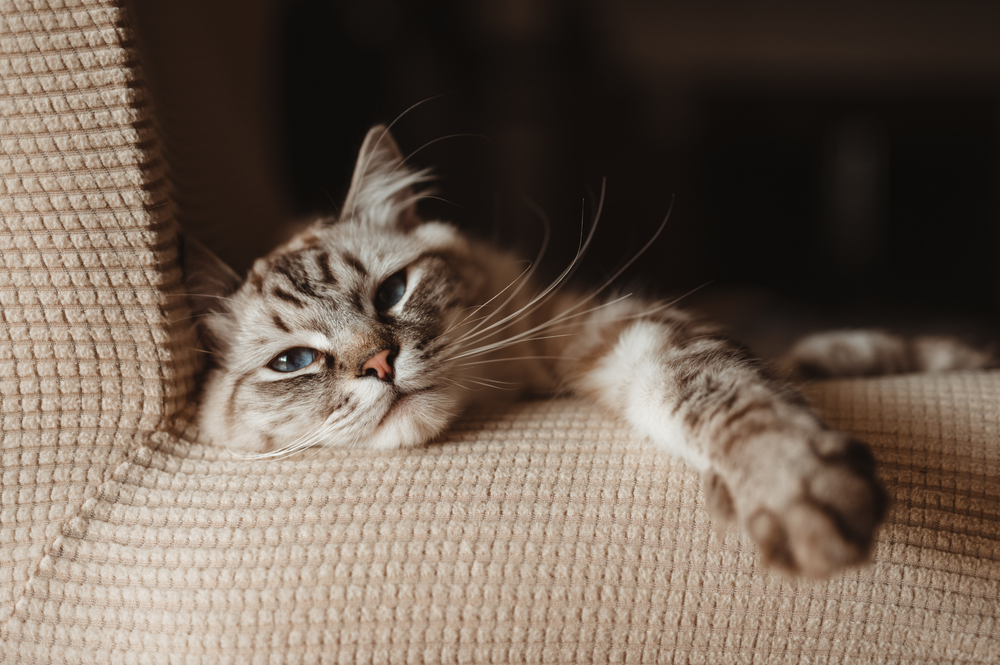
Once the anesthetized procedure is finished, a team member will stay with your pet in a quiet location until they are fully conscious. The postoperative recovery period is an important time, and we want to ensure they wake up safely and comfortably.
Your pet may seem a little groggy for 12 to 24 hours after they go home. Depending on the surgery type, we will suggest a specific feeding and activity schedule for you to follow.
Don’t hesitate to talk with us about our anesthesia protocols at Livingston Veterinary Hospital. We are available to discuss your concerns and help set your mind at ease.
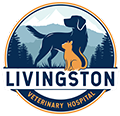

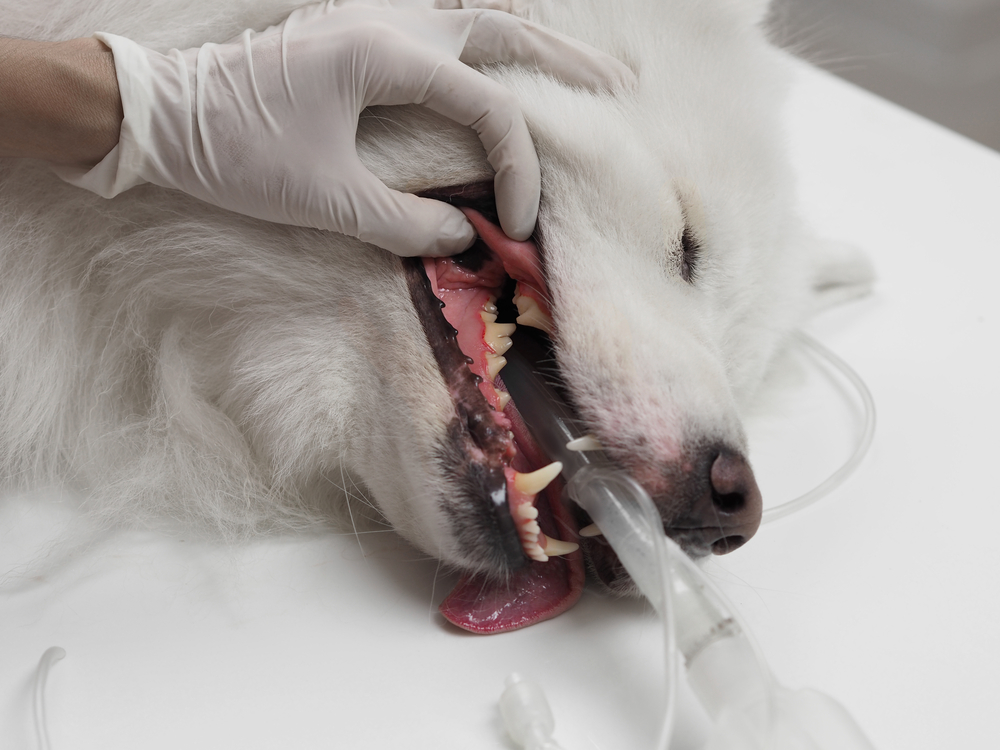


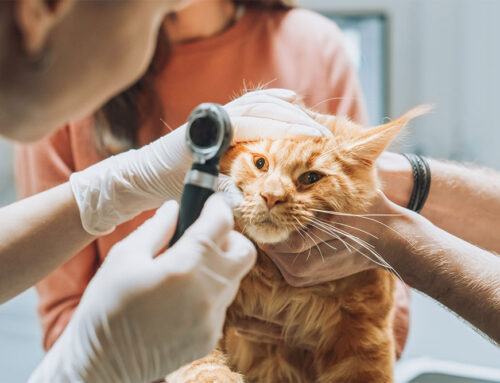
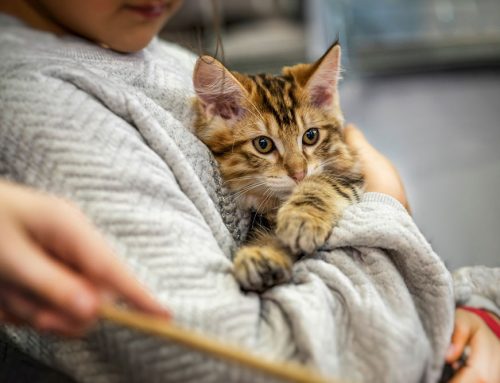
Leave A Comment